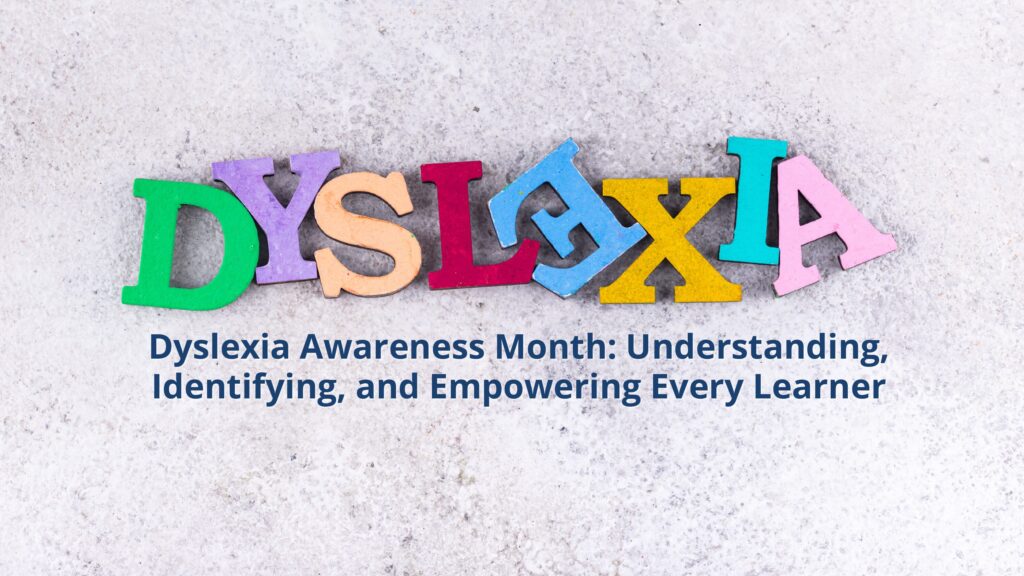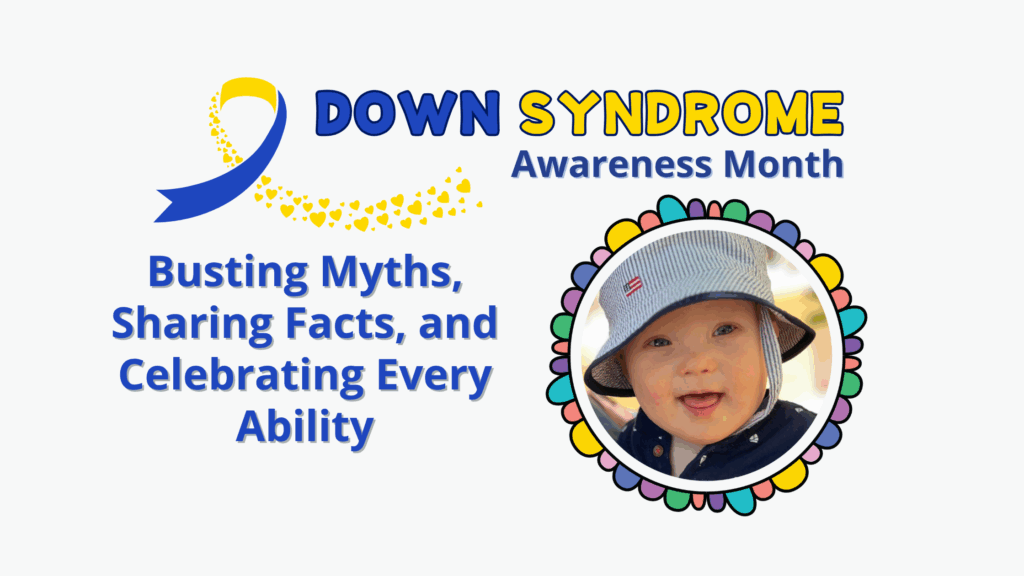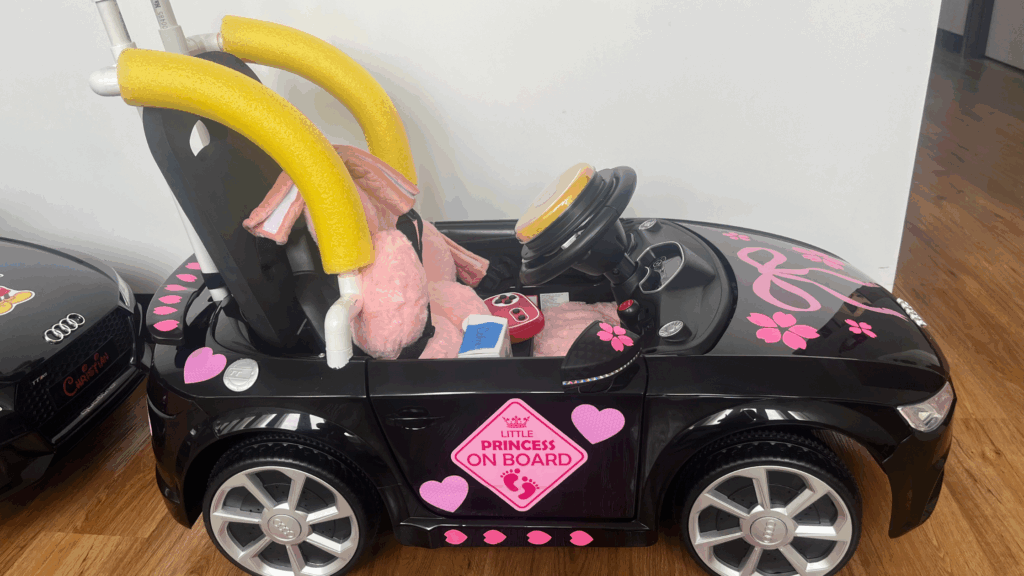If you are struggling to get your child to eat what is served on their plate every day, you may wonder if something is wrong. Most parents don’t realize that children are often picky eaters during their growth years.
Kids have a tendency to throw away food that they don’t like. While you may feel like giving in to your kids’ demands and giving them the unhealthy food they love to eat, it can have a severe effect on the growth of your child.
Since popular favorite foods like pizza and ice cream have little to no nutritional value, you cannot allow your child to eat them daily. You need to find a way to get nutritional foods into their diet, while helping them grow into healthy teens and adults.
If you are worried about your child’s eating habits, it may be time to try feeding therapy.
Feeding therapy is a new and unfamiliar concept for many parents, but it’s a great way to teach your children lifelong healthy eating habits. We’ll cover what feeding therapy is, how it works, and which pediatric feeding therapy techniques you can try.
What is Feeding Therapy?
Feeding therapy involves a series of techniques to help your children learn how to eat better.
In many cases, occupational therapists and speech pathologists offer feeding therapy to children. Dieticians and nutritionists can also offer direct treatment and pediatric feeding therapy methods to help parents manage their kids’ weight and growth.
Only qualified professionals are best equipped to provide additional services for helping children learn to eat healthy and get the nutrition they need. Feeding is a specialty within a specialty, and not all speech pathologists and occupational therapists are trained to provide advanced feeding therapy, education and best-practice techniques.
Feeding therapy often takes place on a weekly basis, sometimes once a month or every few months.
A feeding therapy session is usually 30- to 60-minutes long. The therapy time is used to teach a child how to eat new foods or about the process of eating, in general. In special circumstances, therapists can also help children learn how to eat or chew.
How Pediatric Feeding Therapy Can Help Your Child
SOS Feeding Therapy is extremely useful and recommended by doctors treating children who face difficulty in eating nutritional food. This therapy technique is frequently used in children who have special needs or face some medical challenges. It’s a play-based approach that addresses motor skills and emotional regulation so that your child can learn to enjoy eating healthy.
Is Feeding Therapy Right For Picky Eaters?
Picky eater is a common term used to describe children with specific food preferences. Maybe the child does not like to eat vegetables or gags when they see new foods.
If the child only prefers eating foods from a certain food group or has an aversion to some foods, they are classified as picky eaters. Although feeding therapy is not necessary for all picky eaters, it can help in the most extreme cases. In other words, not all picky eaters qualify for the same intensity of feeding therapy.
If the child’s diet is extremely limited due to extreme food preferences, they may require feeding therapy to cope and manage their diet. Feeding therapy is primarily used to reduce the stress around trying new foods.
Can Feeding Therapy Be Used For Toddlers?
If the child is facing some eating challenges, they may require feeding therapy from a very early age. If you are noticing that your child is behind on some feeding milestones, just be patient with them. Give them time to improve on their own.
If your toddler continues to only eat baby food even after they turn a year old, and they do not know how to chew or if they cough every time they drink from anything other than a bottle, they may need feeding therapy. This is a good point to enlist a professional who can best assess the situation.
Keep in mind that picky eating habits often start at a very early age. It is a normal phase and many children go through it.
Selective eating habits often fade with time, but if you think it is getting out of control, consider feeding therapy for your children.
Begin with some pediatric feeding strategies at home, in tandem with an evaluation by a pediatrician.
Feeding Therapy Approaches You Can Take
Therapists have different tools in their arsenal for feeding therapy. Some activities may be comfortable for you, while others may not. You should ask the therapists what type of approach they use during their therapy sessions.
Broadly speaking, there are two broad categories of feeding therapy:
Child-Directed Approach
A child-directed approach to feeding therapy is one of the most recommended techniques for children. It is a modern technique, with active participation from parents and caretakers.
This technique focuses on the actual cause of the eating problem, rather than on the eating problem itself. Has your child had a bad experience with a certain food they dislike? Maybe they associate it with a bad memory or a traumatic experience? Is it certain textures or tastes or sensations that put them off?
A child-centered approach takes longer, but can ultimately be more effective because it tackles the root of the problem itself.
Behavioral Pattern Approach
A behavioral pattern approach is a more traditional approach to feeding therapy. It’s one that’s familiar to most occupational therapists, though child-led techniques such as play and craft based approaches are more common these days.
Under this approach, rewards are used to encourage children to try new foods. For example, kids may get toys or other gifts if they take a bite of unfamiliar food.
Over time, the therapist phases out the rewards and encourages children to eat without getting anything in return. It is a short-term approach and is effective when children do not have any significant feeding issues.
Strategies And Techniques You Can Try At Home With Your Kids
Here are some tricks and tips that can be used at home for parents interested in utilizing pediatric feeding therapy techniques. Remember that every child is different, and strategies that work for one child my not work for another.
Remain Calm And Respectful
Your child has to want to listen to you before you can be in a position to help them. That requires trust.
If you notice your child is hesitant about eating and not at ease during your first attempt to introduce a new food, for example, you should try to connect with them. Talk with them. Try playing some games to put them at ease.
You need to make sure the child feels comfortable before you start any pediatric feeding strategies. If they’re not in the right mindset they’re likely to be resistant to any behavior modification.
It may take a few attempts to get the child comfortable. Once he or she is comfortable, you need to remain calm and supportive. Children are very good at sensing frustration, and if you’re upset they will be too.
Try to monitor their feelings and maintain a stress-free atmosphere by staying patient and relaxed. The goal at this stage is to show them that you care.
Never force a child to mouth, bite, lick, chew or even taste anything they don’t want to. If they fear you, they will refuse to eat and continue to push away the foods they don’t like. Let them know that they don’t have to eat anything they don’t like. It’s OK to spit food out if they want.
Routine Establishment
If you are trying to improve the feeding habits of a child, it is essential to create a routine. This will serve as the guardrails of your child’s daily activities.
For example, create a ritual where they have to wash their hands before touching food.
One way of implementing a routine is by putting visual sketches in the kitchen. In the hand washing example, direct them to use soap and water while cleaning before they eat. This routine provides familiarity, allowing the child to get rid of unknown fear and become more comfortable with the idea of eating.
This method also has the benefit of making them more independent and enabling them to follow directions. While sharing the routine, you can introduce children to new vocabulary around the food they’re eating. Encourage them to chew, bite, and eat their food thoroughly.
Babies and toddlers who have problems swallowing or chewing may also need oral-motor intervention. If your child has problems using parts of their mouth or jaw when chewing food, oral-motor intervention practices like tapping different facial muscles or stabilizing their jaw can help reinforce proper eating habits and make eating less physically strenuous on them.
Tap Into Your Imagination
Kids live rich, complex inner lives in emotional worlds that become largely closed to us when we’re adults. They can see things in a way that adults and older children can’t. When you respect their preternatural intelligence and play to their imaginations, you both can develop a deeper comfort level.
Playing with food, instead of putting any pressure on children to eat, will help with their feeding problem. Allow your kid to learn about food in a comfortable, non-threatening and fun way.
One way of doing so is by talking about different types of food, using all five senses to describe them. Ask them to touch their food. Blow on it. Kiss it. Make sure that they are willing to do that on their own. If they don’t, that’s OK.
Try to see if the children want to play with their cutlery or are interested in using any other item to touch their food. Try to be as creative as you can be with your meal.
You can create fun things on the plate to grab the attention of kids. Make a man out of pancakes. Make up a story about a broccoli forest. Play-acting like this can help give your child more positive associations with food they would normally avoid.
Get Creative With Your Food Presentation
Overhauling food presentation is one of the most effective pediatric feeding strategies. Allowing your child to help you prepare and serve their food can help them develop a healthier relationship with what they eat.
You can also use a divided plate if your kid doesn’t like his or her food to be mixed or touched. Different varieties of foods can be put into different plate sections to put your child at ease.
Another way of helping your children with eating is by giving funny names to the dishes. You should use terms that will get your child excited to eat. Try giving them a lot of dipping options and allow them to try something new.
You can also use fancy and shallow spoons that allow your child to try small bites and eat at their own pace.
Before feeding them with cutlery, encourage them to explore the utensils. Using clear and translucent bottles and cups will also hold their attention. This reduces the stress of unfamiliarity. You want your child to know what is in the cup, for instance, before he or she takes a sip.
If your child is not comfortable eating with a spoon, allow them to use anything they like. Let them eat using their hands, other food such as carrots or anything fun they like. These things will be less threatening than a spoon or fork, and allow them to enjoy the process of eating.
Make A Mess and Just Have Fun
If children feel pressured to keep everything clean, they might not be interested in trying anything new. Let kids make a mess of their food. Try not to clean the child’s face or hands until the end of the meal.
Eliminate the pressure of eating a meal. Let the child know that they are free to spit out anything they don’t like.
Give them a “no” bowl where they can place unwanted food items. If the child is not thrilled about trying something new, it’s okay.
Give your child an exit strategy. Encourage them to pick up food using their fingers. If they can’t use their tongue yet, let them take food out of their mouths that they can’t or don’t want to eat.
Don’t yell at them if they play with food—even if they only lick it and then put it in the “no” bowl. Let them eat at their own pace and reach for the foods they like.
If children have an opportunity to play with their food and feel it in their hands without any pressure or demands, they’re more likely to end up eating the food anyway, just because it’s more enjoyable for them. This is why making a mess and playing with food are considered among the most effective pediatric feeding strategies to help children.
Pediatric Feeding Therapy Techniques Can Make Eating Fun For Your Child
Feeding aversion problems in children are difficult but very common. They require patience, understanding, and a subtle approach that plays to a child’s instincts rather than forcing them to do something they don’t want to do.
Get in touch with us to learn how it can help your child become a healthy eater.


 25 Jan 2022
25 Jan 2022 












